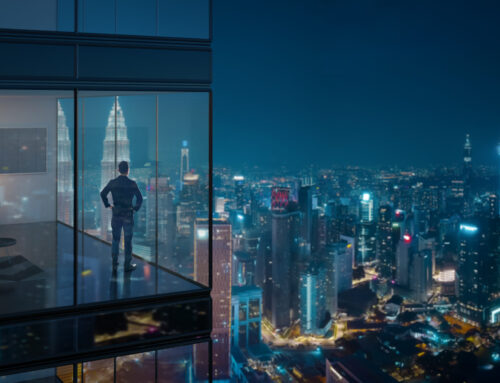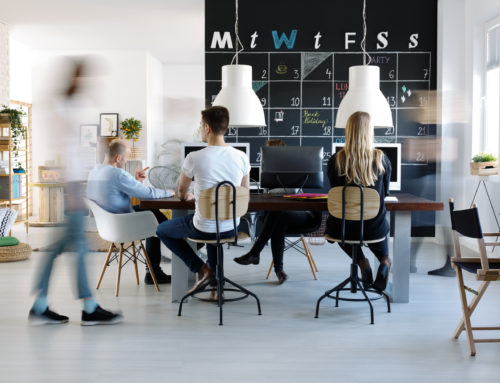Recent analysis from CNBC has shown how the e-commerce boom evidenced in 2020 dipped slightly but steadied, suggesting a fundamental shift in how US consumers choose to shop.
Quoting the Commerce Department, CNBC says online sales peaked at 15.7% of total retail sales in mid-2020 and that “while they’ve come slightly off that peak as shoppers return to brick-and-mortar stores, they remain elevated”.
Retailers investing in industrial
In response, the larger retailers focused their property investment on warehousing and distribution in order to service consumer demand for online purchasing. This is what underpinned the growth in that sector, over and above the figures seen in office and apartments sectors “for most of 2021”.
“Pandemic-era warehouse purchases by the five biggest retailers on the S&P 500 index are three times the number in the corresponding prior period, with online behemoth Amazon.com snapping up the lion’s share of 21 facilities compared with four before,” CNBC writes, drawing from Reonomy data.
Walmart, for example, purchased 11 facilities during the pandemic – almost three times what they purchased in the preceding period.
Tracking against other sectors
This demand means that industrial and warehousing occupancy rates are at record highs, and the demand is having the predictable effect of driving sector prices up, where supply is low. This trend has been evidenced around the world and is one of the reasons why investment experts aren’t betting on the retail resurgence just yet.
In a recent interview, billionaire investor Sam Zell said he has “serious question as to [retail’s] viability” and is expecting office to rebound quicker than retail, despite the inclusion of hybrid working models.
The era of the ‘etailer”
Retail also faces disruption from technology beyond e-commerce, with artificial intelligence (AI), computer vision, and the internet of things (IoT) shifting the shopping experience profoundly.
Consumer research suggests that people are increasingly omnichannel in their approach to shopping, including researching online or even purchasing online followed by a pick-up in store. At the same time, successful e-commerce operators have been experimenting with physical stores – like Amazon’s Amazon Go stores and their first real-world fashion store. All of which suggests continued blurring of the lines between these categories, which will have implications down the line for the commercial property sphere too.





